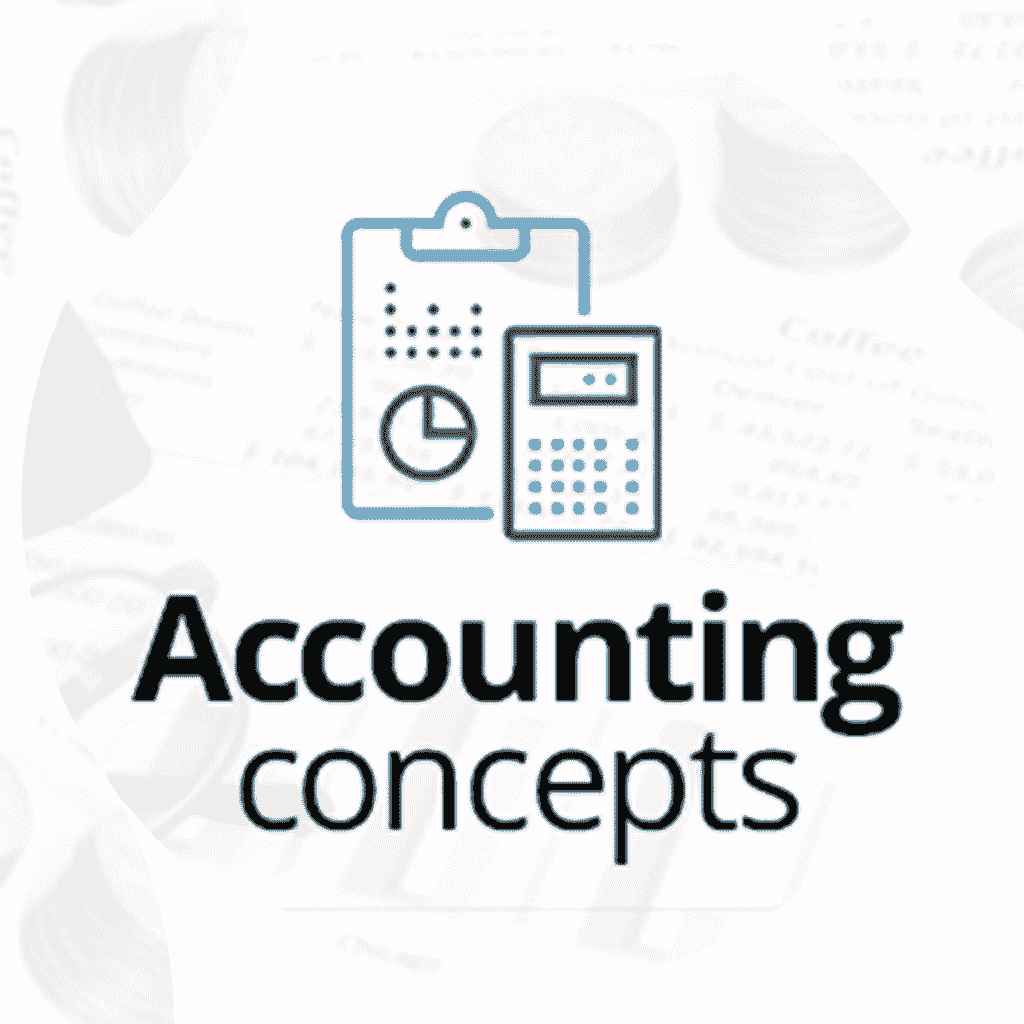How the profit can be determined under Single Entry System?
Ascertainment of Profit under Single Entry System.
The Profit/ Loss in case of Single Entry System can be ascertained by the following two methods, Statement of Affairs Method (or Net Worth Method): A Statement of Affairs is a statement of assets and liabilities. It is similar to (though not the same) as a Balance Sheet. Under this system profit is ascertained by comparing the capitals at the beginning and capital at the end of the accounting period and necessary adjustments are made for drawings, fresh introduction of capital, withdrawal of capital and interest on capital.
The following steps are followed to ascertain the profit:
- Step 1 : Prepare the statement of affairs at the beginning (if not given) of the accounting period to ascertain the opening capital. According to accounting equation, we know that :Capital = Assets — Liabilities
- Step 2 : Ascertain drawings and capital introduced during the year.
- Step 3 : Prepare a statement of Affairs at the end of the accounting period to ascertain the closing capital (Capital at the end)
- Step 4 : Prepare a statement of Profit as follows :

Conversion Method or Final Account Method:
Accounts maintained under single entry system are not sufficient for preparing trial balance at the end of the accounting period. As a results, final accounts (financial statements) cannot be prepared from incomplete records, unless steps are taken for their completion.
Under conversion method, cash account, debtors account, creditors account etc. maintained under single entry system are analysed and an attempt is made to complete double entry. by making necessary posting into unposted ledger accounts. If a particular account is not already maintained, a new account is opened and necessary posting is done.
After completing records on the basis of double entry from incomplete records, we are in a position to prepare trial balance and then final accounts as usual. That is why it is also called conversion of single entry into double entry system or preparation of final accounts from incomplete records.
Practical steps involved in the preparation of Final Accounts from incomplete records :
Step 1: Prepare Cash Book (if not available in proper form with both sides tallied) to ascertain the missing information (such as opening and closing balance, cash sales/cash purchases, drawings).
Step 2: Prepare Total Debtors Account to ascertain the missing information such as opening/closing balance, credit sales, collection, B/R drawn).

Step 5: Prepare Bills Payable Account to ascertain the missing information (such as opening/closing balance, B/P accepted, B/P discharged).

Step 6 : Prepare Stock Account for ascertaining missing information (such as opening stock/closing stock, total purchases, cost of goods sold shortage).
Step 7 : Prepare Revenue Expense Account for ascertaining missing information (such as opening/closing balance of outstanding/ prepaid expenses, expenses paid and current year’s expense).
Step 8 : Prepare Revenue Income Account to for ascertaining missing information (such as opening/closing balance of accrued/ un accrued income, income received, current year’s income).
Step 9 ; Prepare Fixed Asset Account for ascertaining missing information (such as opening/closing balance, purchases/sale, depreciation provided, profit-loss on sale).
Step 10 : Find-out Opening Capital by preparing Statement of Affairs at the beginning of the accounting period.
Step 11 : Prepare Trial Balance to check the arithmetical accuracy.
Step 12 : Prepare Trading and Profit and Loss Account and the Balance Sheet.




